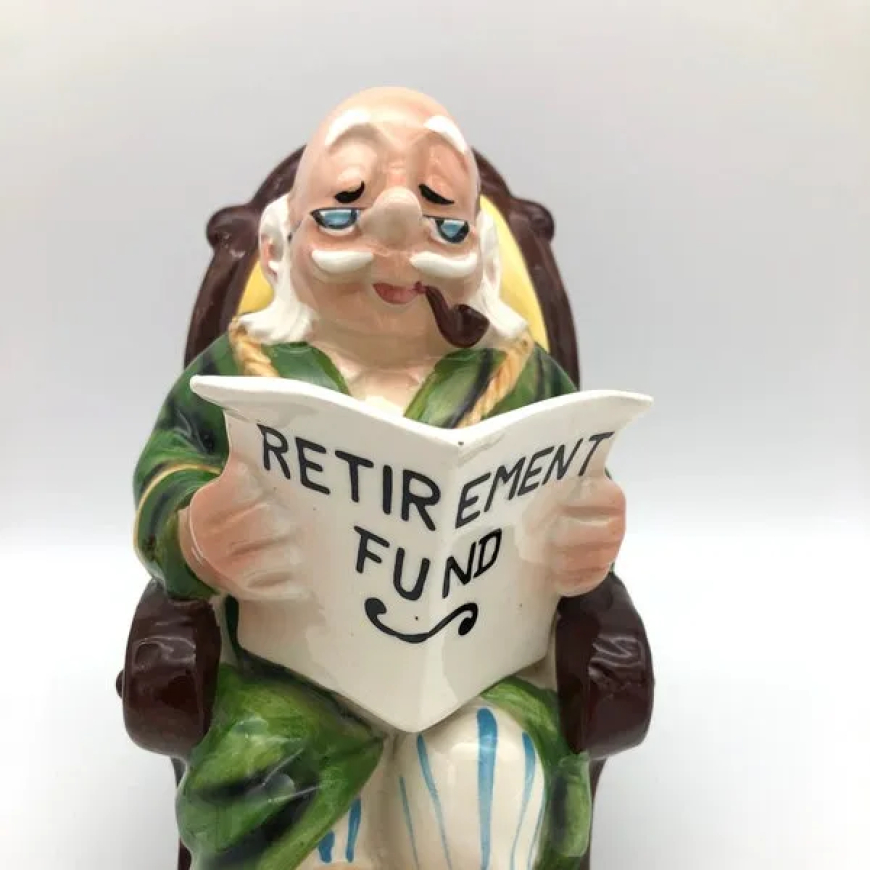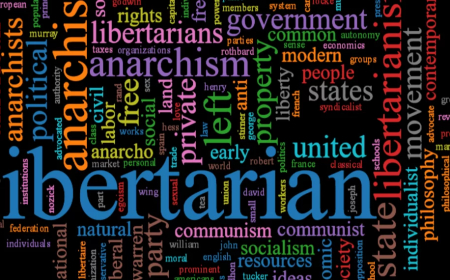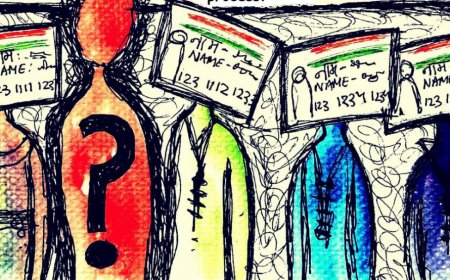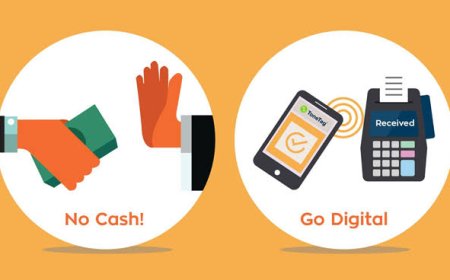Pension Schemes Under Pressure: A Libertarian Approach to Reform and Management
Explore the current state of pension schemes, their challenges, and the libertarian perspective on reform. Discover how libertarians propose to address the issues with privatization, deregulation, and individual responsibility.

Pension schemes are crucial for securing our financial future, but they’re under a lot of pressure these days. Governments around the world are grappling with how to keep them afloat, and libertarians have their own strong views on how pensions should work. This quick read will break down the current situation of pension schemes and how libertarians think things should change.
What Are Pension Schemes?

Pension schemes are essentially retirement plans that provide income once you stop working. There are two main types: public pensions, which are run by the government (like Social Security in the U.S.), and private pensions, which are managed by employers or by individuals through personal savings plans like 401(k)s or IRAs.
Types of Pension Plans
- Defined Benefit (DB) Plans: These guarantee a specific amount of money when you retire, often based on your salary and years of service. Public pensions usually fall into this category.
- Defined Contribution (DC) Plans: These don’t promise a fixed payout. Instead, you contribute money, which is invested, and the amount you get at retirement depends on how well those investments do. Examples include 401(k) plans and IRAs.
Current Issues with Pension Schemes

Right now, pension schemes—especially public ones—are facing serious challenges:
- Underfunding: Many government-run pension plans don’t have enough money saved up to pay for future benefits, which is a big problem as more people retire.
- Aging Populations: As people live longer, more retirees are drawing from the system, while fewer workers are paying into it. This imbalance puts even more strain on pension funds.
- Political Interference: Public pensions are often influenced by political decisions, which can make them unstable or unsustainable over time.
- Economic Uncertainty: Private pensions that rely on investments can be risky since market downturns can wipe out savings, leaving retirees with less money than they expected.
Libertarian Perspective on Pension Schemes
Libertarians have a different take on pensions. They generally believe that the government shouldn’t be involved in managing people’s retirement. Here’s what they think:
-
Less Government Control: Libertarians argue that government-run pension systems, like Social Security, force people to pay into a system that may not serve them well. They believe individuals should have the freedom to handle their own retirement savings.
-
Individual Responsibility: Libertarians support the idea that people should be responsible for saving for their own retirement. This could mean privatizing public pensions or encouraging more personal retirement accounts, where individuals control their own investments.
-
Sustainability Concerns: They also argue that many public pensions are financially unsustainable and that taxpayers will eventually have to bail out these failing systems. Libertarians see this as an unfair burden on future generations.
-
Economic Freedom: For libertarians, being forced to contribute to government-run pension schemes limits economic freedom. They believe individuals should be free to decide how to save for their retirement, whether it’s through investments, real estate, or other methods.
Libertarian Ideas for Pension Reform
-
Privatization: Libertarians often propose privatizing public pension systems. This means shifting from government-managed pensions to individual retirement accounts where people can invest their own money. Chile did something like this in the 1980s, but the results have been mixed, with both successes and challenges.
-
Deregulation: They also suggest reducing government regulations around private pensions, making it easier for people to set up their own retirement savings plans. This could involve giving more tax breaks for personal savings or lifting limits on how much people can contribute to their retirement accounts.
-
Reducing Dependency on Government: Ultimately, libertarians want people to be less dependent on the government for their retirement. They argue that individuals, given the right tools, can manage their own retirement better than any government program could.
Potential Risks and Concerns

While libertarian ideas sound appealing to some, they come with risks:
- Market Risks: Relying entirely on private investments for retirement savings exposes people to market ups and downs. Without the safety net of a public pension, retirees could be left with much less money if the market performs poorly.
- Inequality: Not everyone has the knowledge or resources to effectively manage their own retirement savings. Privatization could worsen inequality, leaving those with fewer resources at a disadvantage.
- Lack of Safety Nets: Public pensions, despite their flaws, provide a safety net. Privatizing them could leave vulnerable populations, such as the elderly or disabled, without sufficient income in retirement.
Global Comparisons: Public vs. Private Pensions
Different countries have tried various approaches to pensions, offering some lessons:
- United States: The U.S. uses a mix of public pensions (Social Security) and private pensions (401(k)s, IRAs). There’s ongoing debate about how to make Social Security sustainable in the long term.
- Chile: Chile privatized its pension system in the 1980s. While it gave people more control over their savings, it’s also faced criticism for not providing enough benefits for low-income retirees.
- Europe: Many European countries rely heavily on public pensions, but these systems are under strain as populations age and fewer workers are available to support retirees.
Conclusion
Pension systems are facing big challenges, and libertarians offer a different way of thinking about retirement planning. They argue for privatization, individual responsibility, and less government involvement. While this approach could offer more freedom and personal control, it also raises concerns about market risks and the potential for increased inequality. Balancing these ideas with the need for a reliable safety net will be crucial as we rethink how we save for retirement.
FAQs
-
What are the main types of pension schemes?
- Public pensions (government-run) and private pensions (like 401(k)s and IRAs) are the two main types.
-
How do libertarians view public pensions?
- Libertarians are generally against public pensions, advocating for privatization and personal responsibility for retirement savings.
-
What are the risks of privatizing pensions?
- Privatization could expose retirees to market volatility and may increase inequality by leaving those with fewer resources at a disadvantage.
-
Are there examples of privatized pension systems?
- Yes, Chile privatized its pension system, but while it offered more personal control, it also faced criticism for not providing enough support for low-income workers.
-
What challenges do public pension systems face today?
- Public pensions are dealing with underfunding, aging populations, political risks, and economic uncertainty, making their long-term sustainability a concern.
What's Your Reaction?


















































